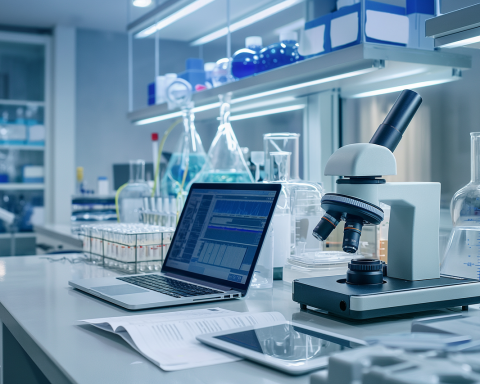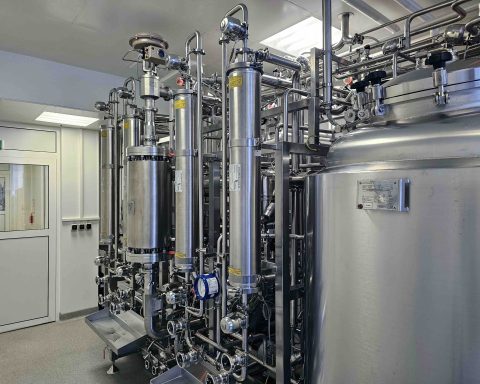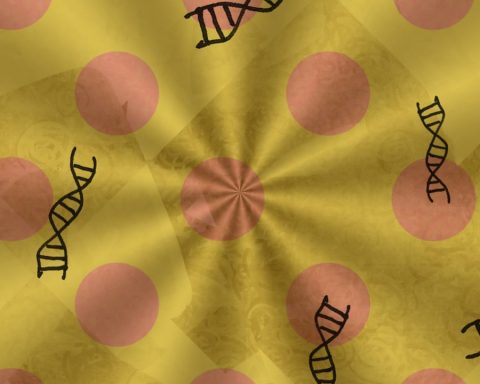Biosimilars, also known as follow-on-biologics are “duplicate” and licensed versions of the biologics that have lost their patent and are produced by some other company. Biosimilars have no clinically meaningful differences from the original or reference product.
Moreover, regulations for biosimilar play an important role in maintaining the viability and balance between the original and biosimilar product. Thus, for the food and drug administration (FDA) approval, a reference to the innovator product is extremely crucial so that they can actively regulate the biosimilars’ commercialization and development.
Prevalence in chronic diseases and rise in geriatric populations has increased the pressure on the pharmaceutical companies. The development of biosimilars can bring down that pressure and offer the same drugs at an affordable price. Thus, the demand for biosimilars has surged in the last few years.
Furthermore, according to a research firm, Allied Market Research, the biosimilars market was valued at $2.5 billion in 2014 and is expected to reach $26.5 billion by the end of 2020, registering a CAGR of 49.1 percent.
What Exactly Are Biosimilars?
Biosimilar is one of the most important yet the least understood breakthrough in the healthcare sector. Biosimilars are the prescription alternatives to the costly medicines in the market that have lost their patent. When the biopharmaceutical company’s patent or exclusivity protections for its biologic drug expires, the FDA-approved biosimilars can file to compete with the existing drug or enter the marketplace.
However, getting FDA approval is the tricky part. Experts say that the process is rigorous and the biosimilars company have to prove that the product offers exacts benefits as the reference drug and demonstrate biosimilar has no clinically meaningful differences in terms of safety, purity, or ability.
The biosimilars gained more popularity once it was proved that they are as effective as the traditional reference drug and they can be manufactured at an affordable price. Moreover, biosimilars can be used to treat a wide range of chronic diseases including cancer, diabetes, anemia, and rheumatoid arthritis.
Biologics drugs–the reference for the biosimilars–are made using living cells that treat or prevent a disease. Thus, they are highly susceptible to contamination. Mostly, biologics are the intellectual property of the company that developed the initial drug. Since, the chemical structure is unique and complex, copying them to produce biosimilars is difficult.
In addition, people often confuse generic drugs with biosimilars, but they show a fundamental difference. Producing generic drugs is similar to following a well-defined recipe with standard ingredients. On the other hand, the biosimilars manufacturers have to develop their own formulae and procedures to coax the living cells to give the exact outcome as the reference drug. In fact, approval for biosimilars is not dependent solely on the chemical formula. Every newly-developed biosimilar has to run clinical trials to verify that it shows the similar outcome as its reference drug.
Why Are Biosimilars Not A Hit In The United States Market?
Even though biosimilars are so effective and affordable, the U.S. market is not quite taken with the idea of it. The biggest challenge for the biosimilars market in the U.S. is unawareness and misconceptions regarding biosimilars and what they do.
The first FDA approved biosimilar was launched in 2015. Filgrastim-sndz (Zarxio) was launched to treat low white blood cell counts. The biosimilar filgrastim-sndz (Zarxio) is based on the reference drug called Filgrastim (Neupogen), developed by Amgen. After filgrastim-sndz, only 11 biosimilars have approved and out of them only three actually hit the market.
On the other hand, in 2006, the European Medicines Agency (EMEA) approved its first biosimilars and till now, they have approved over 40 biosimilars. In the U.S. the delay in approval and launch of a biosimilar has become the norm even though the Court ruled that biosimilar applicants no longer have to wait for a half year to wait for the launch.
Gillian Woollett, a senior vice president at Avalere Health and a research scientist, stated that there are only 70 more biosimilars in the development stage, but when they will hit the doctor’s shelves is unclear. He made clear that only FDA is not the major culprit causing unpopularity of biosimilars in the U.S. There have not been any systematic efforts to educate physicians and patients, who are concerned about the efficiency and safety of biosimilars.
In addition, the U.S. market behaves more like a branded than the generic market. Several market players and manufacturers spend too much time debating on prices. To speed up the process to approve more biosimilars, FDA has an efficient path that can establish interchangeability with the reference products. However, so far, no biosimilars market has shown any interchangeability. Such factors impede the biosimilars market growth.
Fighting Chance For Biosimilars
The emerging economies are hotspots for biosimilars market. Brazil is leading the biosimilars market with at least 240 biosimilars in the development process. The sponsors of biosimilars seek effective tactics to get the drug in the market as quickly as possible. It is important for regulatory professionals to be acquainted with different tactics and options so that biosimilars developers can get copies of costly biologics more broadly and less expensively.
The Brazilian market is currently leading the demand for the biosimilar, Trastuzumab. Trastuzumab is used to treat breast, stomach, esophageal cancer. Recently, Trastuzumab biosimilar launched in India. the developer of biosimilars in India, Dr. Reddy’s Laboratories, stated that the drug will be sold under the name of Hervycta. Hervycta has already approved by the Indian government to treat HER2-positive. The lunch of this biosimilars will provide Indian women a chance to fight with HER2-positive breast cancer as Hervycta is more affordable and as effective as any other medicine in the market.
An Indian biotechnology company, Intas Pharmaceuticals, is ready with its first pegfilgrastim biosimilars called Pelgraz to launch across Europe. Intas Pharmaceuticals will develop Pelgraz in its own facility as the company is well familiar with the process to manufacture a biosimilar. In fact, as of 2018, Intas Pharmaceuticals has approved about 12 biosimilars in India, and now, for the first time, it plans to launch a drug across Europe. The COO of the company, Emilio Rivera, stated, “At Intas, our aim is to develop, manufacture, and market biosimilars of excellent quality. In addition, we want our product to be widely accepted and accessible to as many patients as possible. This approval to market out biosimilar to Europe brings us closer to our vision of biosimilars for billions.”
The biosimilars market has more opportunities in the developing countries such as India and Brazil than the U.S. The American pharmaceutical company, Mylan has urged the government to speed-up take of biosimilars. It stated that approving more drugs is expected to save €140 million per year. The company has a number of operation in Ireland said that they have decided to purchase biosimilars medicines, but there is a huge deficit of €600 million this year. Thus, the company stated that the policymakers need to implement strategies such as biosimilar quotas to aid healthcare professionals and patients shift from expensive drugs to affordable biosimilar medicines. Such new strategies and innovative ways to approve more biosimilars will help the market to gain publicity.








